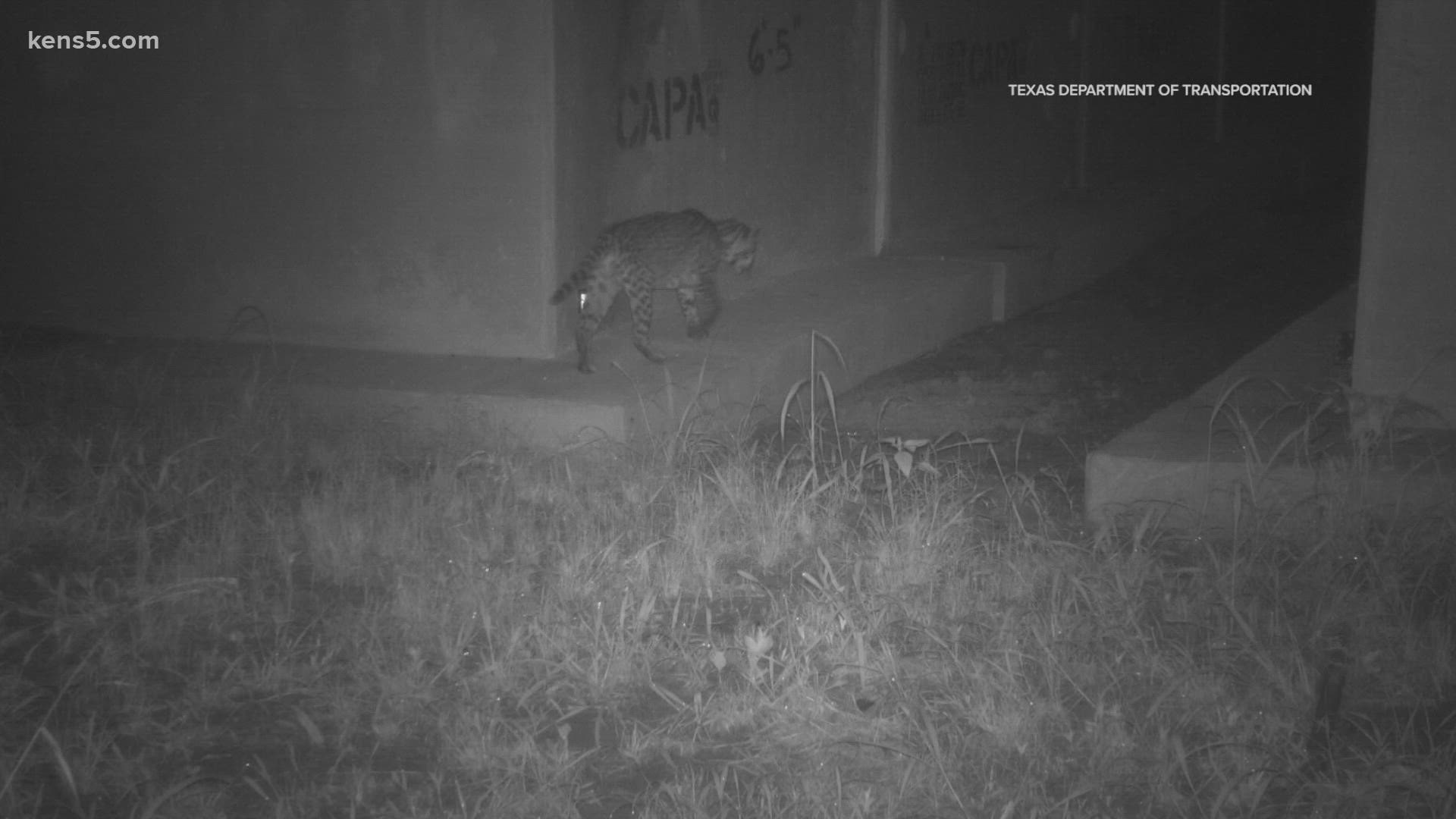CAMERON COUNTY, Texas — Most people tend to avoid looking for or at dead animals when behind the wheel. Molly Picillo is not one of those people.
She searches for roadkill—for science.
“Did you get a good look at what it might be?” she asks a colleague while in the car, documenting an instance of a roadkill. “I'm thinking raccoon or possum.”
“That’s a possum,” she told KENS 5, while entering information into a tablet about another dead animal. “They’re cute, I think, at least.”
Picillo is a research associate at University of Texas Rio Grande Valley School of Earth, Environmental and Marine Sciences, where she and her colleagues are helping TxDOT figure out if their wildlife crossings are working by conducting a mortality survey.
“By looking at mortalities, hopefully, with collecting enough data over time, we can see that there's a decrease in road mortalities. And hopefully that means that species are now habituating to the crossings and utilizing them,” she said.
“We put information about where it [an animal] was found, like longitude (and) latitude, which is built into the survey. The date and time (it was) collected, the road it was collected on,” Picillo said.
TxDOT has built 27 wildlife crossings across the Rio Grande Valley, primarily for the ocelot, a species of spotted wild cat.
“Here in the United States, it is an endangered species,” Picillo said. “There are less than 100 to be known in the United States, and they all exist in South Texas.”
The crossings are meant to save the entire species and the ecosystems around them.
“You want to keep things that exist, existing,” Picillo said.
The humans benefit from these, too; fewer injuries to us and one less life a car runs over.
Picillo and the team are monitoring the roadways with and without the crossings, in order to get a comparison and overview of what is working. Picillo told KENS 5 the findings from their studies will be available in a couple of years, because science takes time.
TxDOT told KENS 5 all kinds of animals have been caught on camera using the crossings, including armadillos, javelins, bobcats, long-tailed weasels and alligators.

